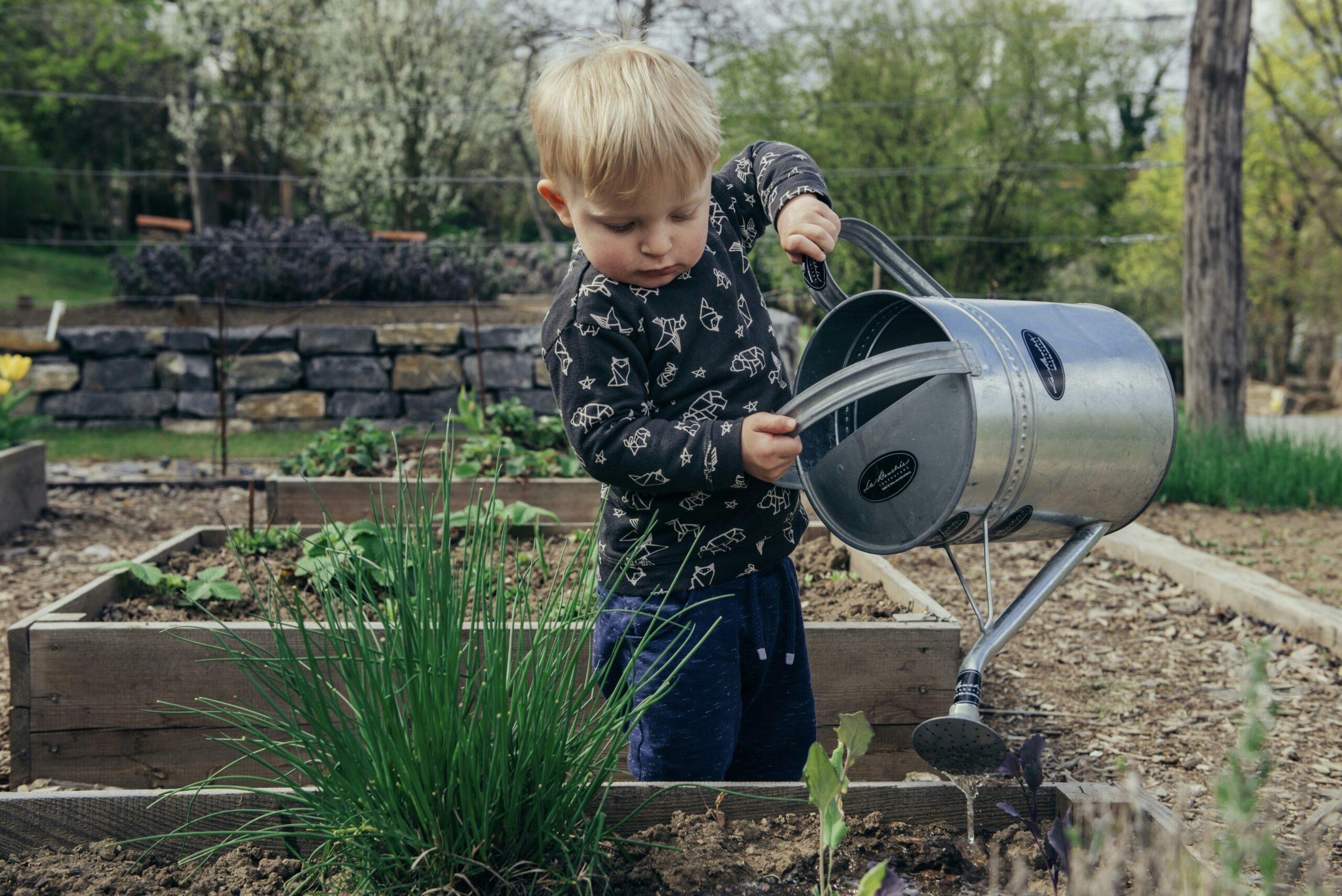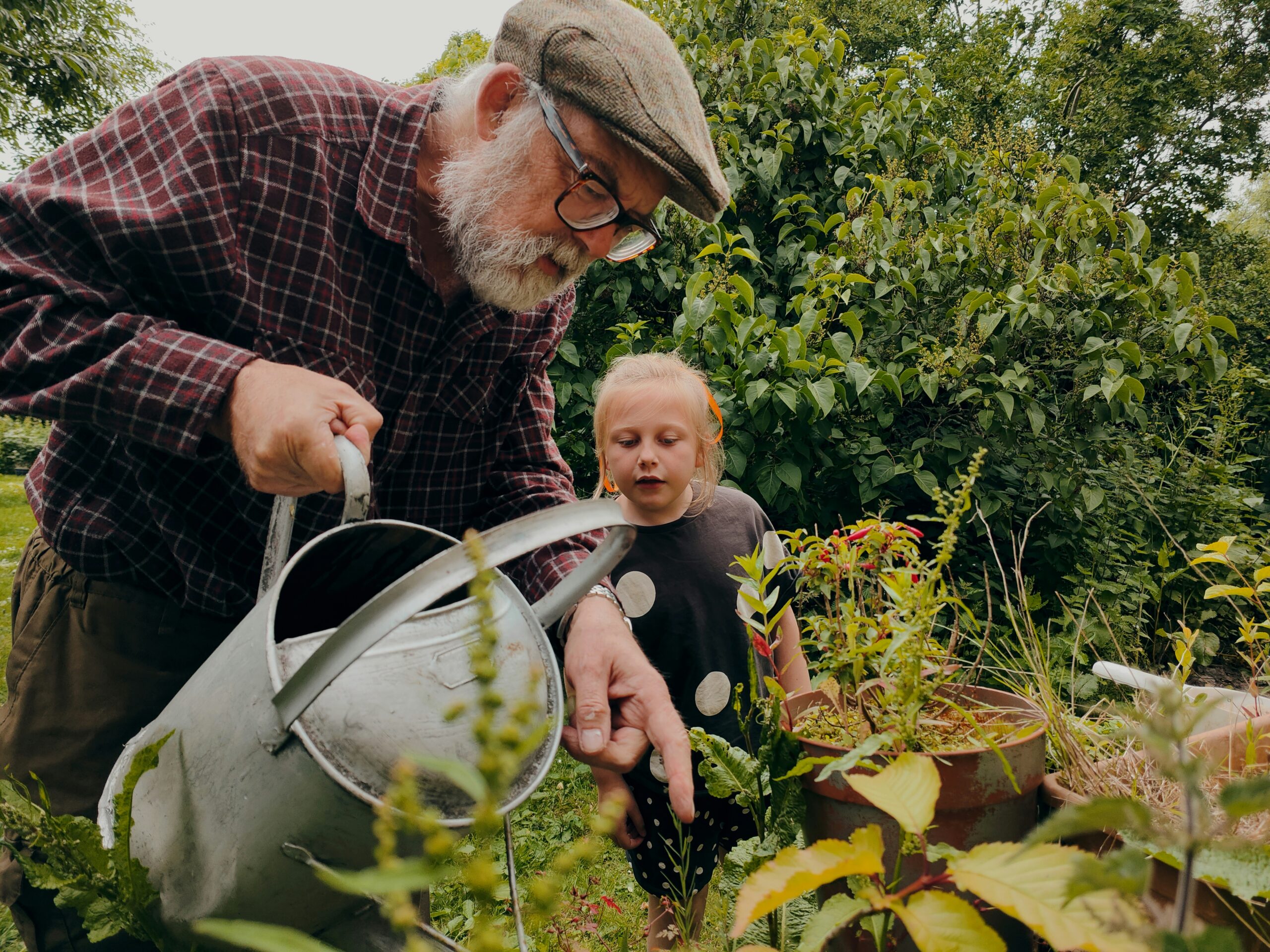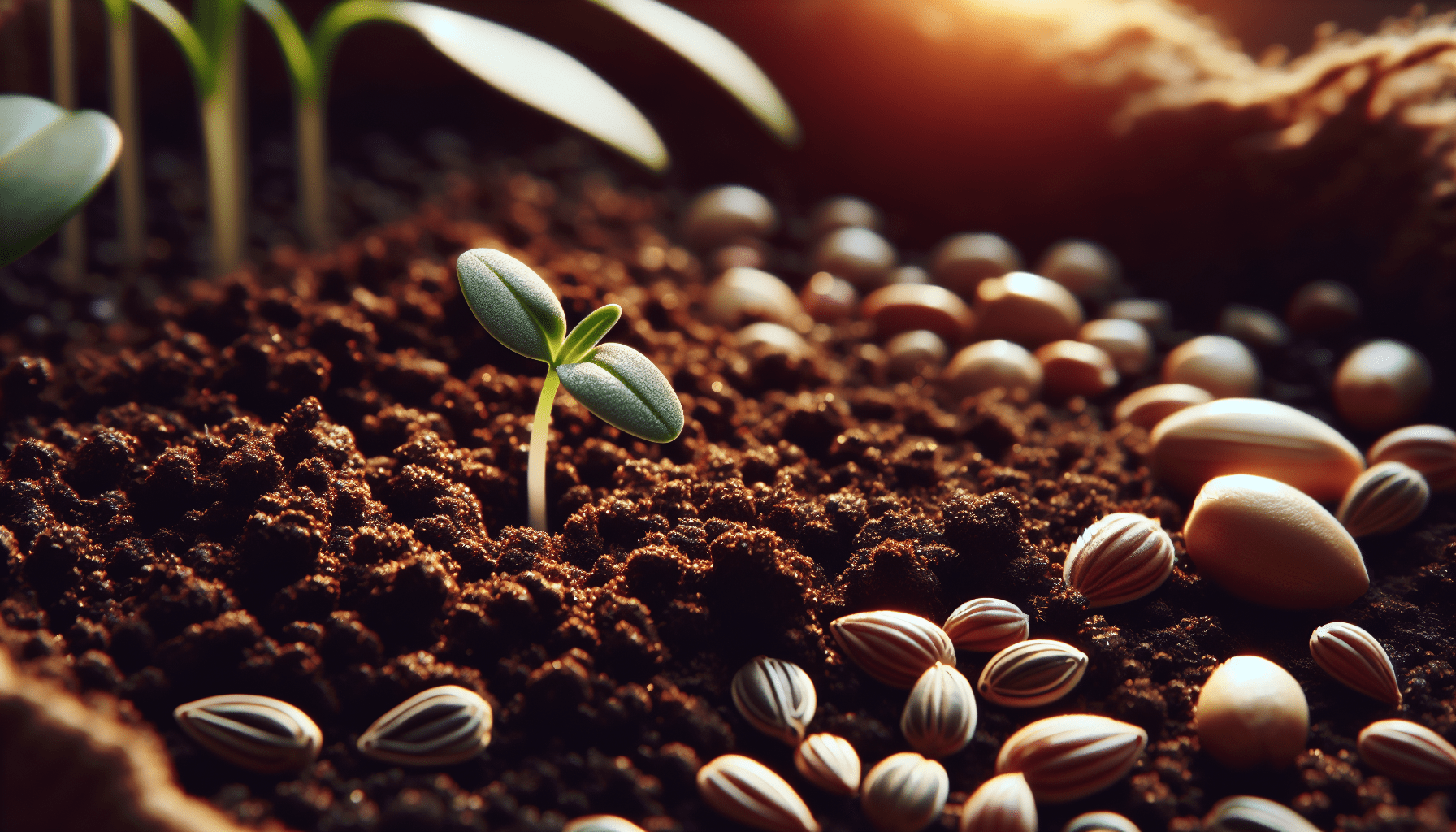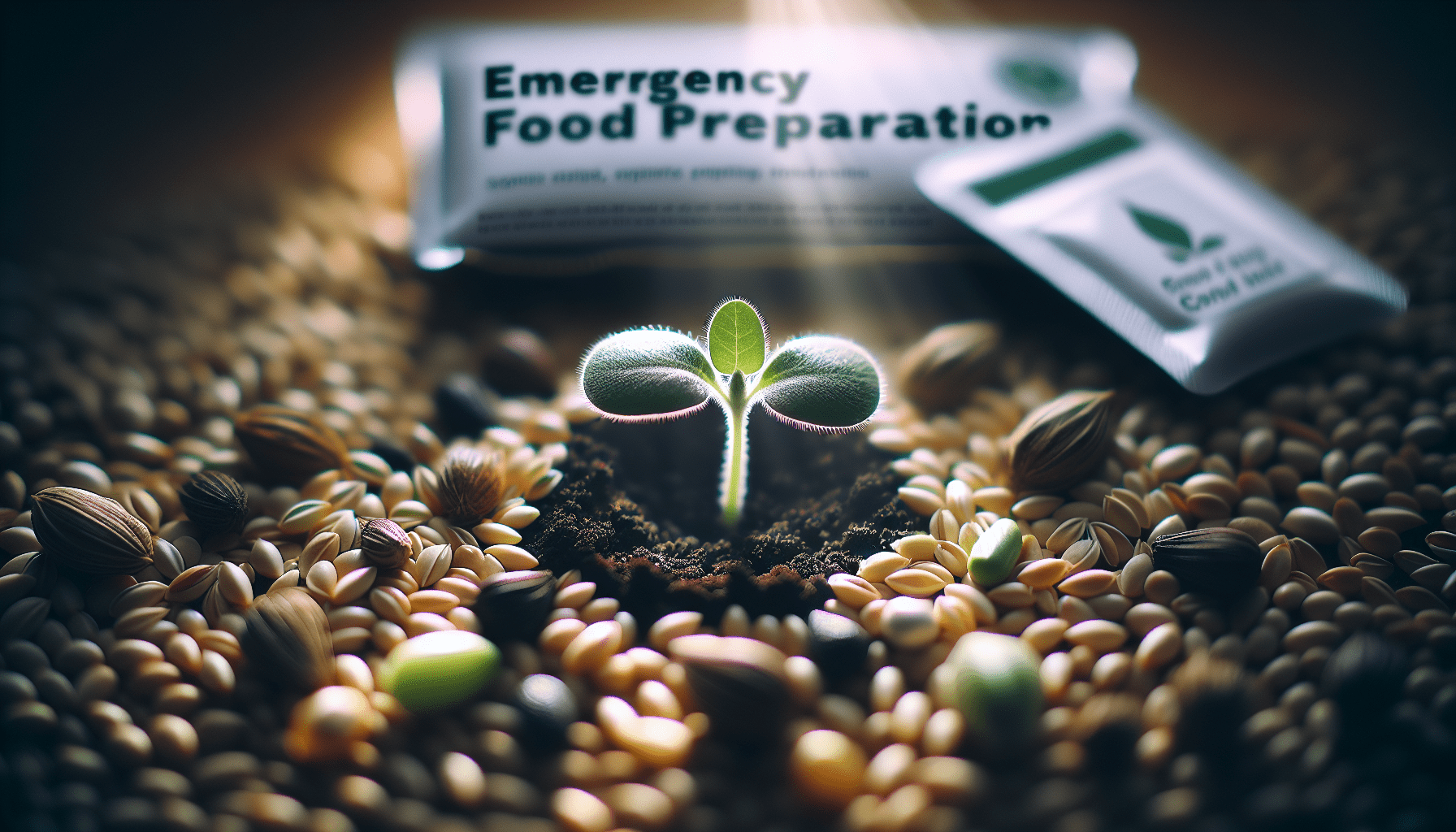Have you ever wondered how long it takes to grow food for emergencies? It’s a question that many people consider when thinking about self-sufficiency and preparedness. Whether you’re planning for a natural disaster, an economic crisis, or just want to ensure a fresh food supply right at home, understanding the timeline and process for growing food is paramount.

Understanding Emergency Food Growth
When planning your emergency food supply, it’s crucial to consider how long different types of crops take to mature. The growing time for food largely depends on the type of plant, climate conditions, and your gardening practices. Let’s break down major factors you need to think about.
The Importance of Crop Selection
Choosing the right crops is fundamental to successful emergency food growth. Some crops take longer to grow but offer essential vitamins and minerals that can support long-term health. Fast-growing crops, on the other hand, can help fill the gap quickly if your food stores are low.
Climate and Season Considerations
Every crop has its preferred climate and growing season. Understanding your local climate and soil conditions will help you select the most suitable plants. Many plants have varieties that can grow in different climates with the help of greenhouses or indoor setups.
Fast-Growing Crops for Quick Harvests
When time is of the essence, fast-growing crops can be your best allies. These not only provide quick nourishment but also are less prone to seasonal threats.
Leafy Greens
Leafy greens like lettuce, spinach, and kale can grow quite rapidly. Lettuce and spinach can often be harvested just 4-6 weeks after planting, making them excellent choices for emergency scenarios.
Lettuce Growing Timeline
| Steps | Timeframe |
|---|---|
| Germination | 7-10 days |
| Maturity | 4-6 weeks |
Radishes and Green Onions
Radishes are known for their speedy lifecycle. They typically mature within three to four weeks, allowing you to have a quick snack or salad component. Green onions, similarly, can be harvested in about four weeks.
Sprouts
Sprouts are among the fastest-growing options, often ready in only 3 to 5 days. They don’t require soil and can be grown indoors, which makes them ideal for emergency situations.

Staple Crops for Sustenance
While fast-growing crops are great for immediacy, staple crops provide the nutritional backbone for your emergency food supply. They generally take longer to grow but are worth the wait.
Potatoes and Sweet Potatoes
Potatoes and sweet potatoes are versatile and calorie-dense. Potatoes typically take 70 to 120 days to mature, while sweet potatoes may take a bit longer, often requiring 90 to 170 days.
Potato Growing Timeline
| Steps | Timeframe |
|---|---|
| Sprouting | 2-3 weeks |
| Maturity | 70-120 days |
Beans
Beans are another excellent option. Bush beans mature faster (about 50-60 days) compared to pole beans, which can take 60-70 days. Beans are not only high in protein but also store well when dried.

Strategies for Optimizing Growth Time
Companion Planting
Some plants grow better together. Companion planting involves strategically grouping crops that benefit each other. For example, growing corn, beans, and squash together can result in improved growth rates and pest control.
Soil Quality Enhancement
Healthier soil contributes to faster growth. Incorporating compost and practicing crop rotation are effective ways to improve soil quality, which can significantly impact how quickly your food crops grow.
Water and Light Management
Ensuring that your plants get the right amount of water and light can prevent stress and promote faster growth. For indoor gardens, using grow lights can simulate sun conditions, especially helpful during gloomy seasons.

Planning Your Emergency Garden
When setting up an emergency garden, organization and foresight are key. You need to consider the initial setting up process, what tools and supplies you will need, and how to keep things running smoothly.
Garden Size and Layout
A well-planned garden layout can maximize space and efficiency. You don’t need a large area to be successful, especially with methods like vertical gardening or container planting, which can be incredibly space-efficient.
Stockpiling Seeds and Supplies
Having an arsenal of seeds and gardening tools ready can prevent delays in starting your garden. Consider heirloom and non-GMO seeds for greater reliability and the ability to save seeds for future planting.
Record Keeping for Success
Journaling your gardening journey can provide invaluable insights. Keep track of what works, what doesn’t, and adjustments you make over different seasons. This data will not only help in maintaining your garden in tough times but also improve your food-growing efficiency.

Conclusion: Balancing Speed and Nutrition
Growing your own food for emergencies is a rewarding endeavor that requires thoughtful planning. You need to achieve a balance between fast-growing and nutritious crops to ensure a sustainable food supply. By understanding growth timelines, optimizing your gardening practices, and planning your garden wisely, you are better prepared for any situation that may come your way. Remember, the path to self-sufficiency not only keeps your pantry full but also brings peace of mind, knowing you can rely on the work of your hands and your garden.

